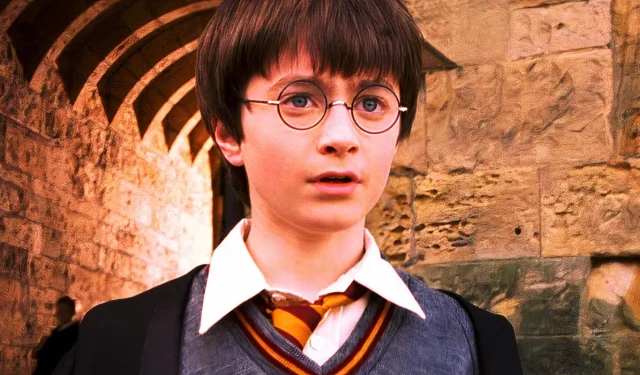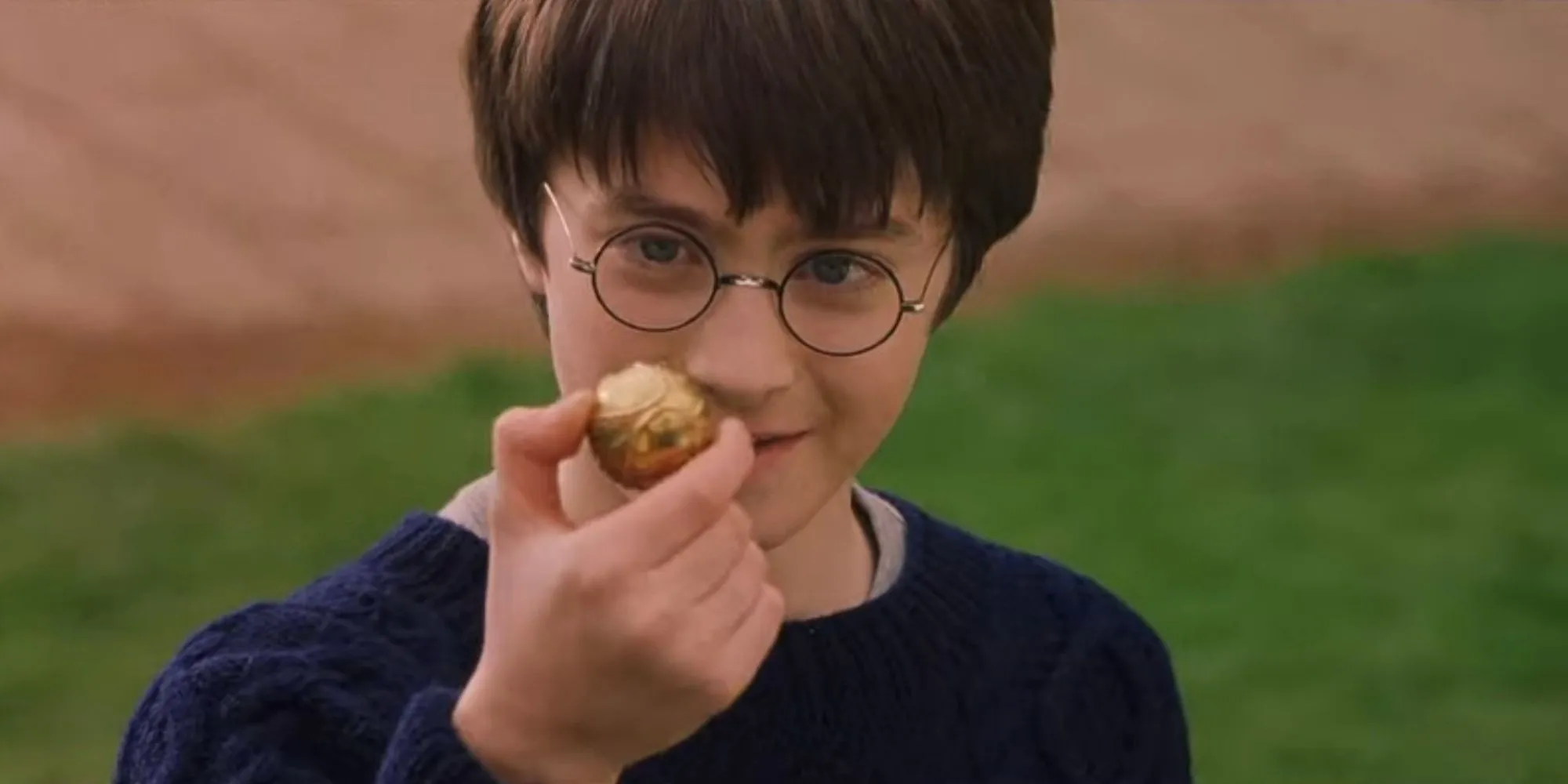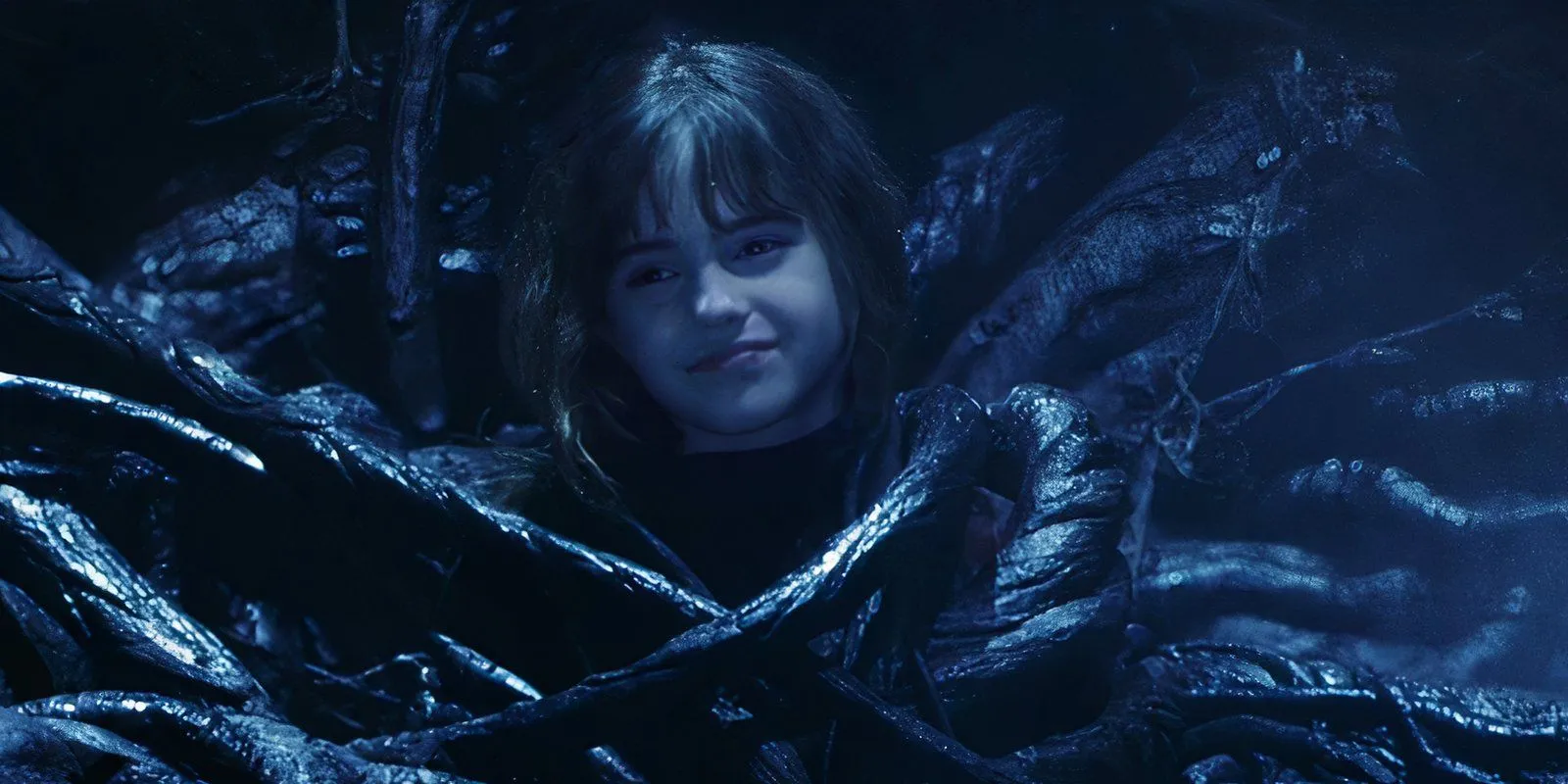
Harry Potter and the Sorcerer’s Stone, directed by Chris Columbus, had a significant impact on the cinematic landscape of the early 2000s. However, Columbus has recently expressed that he was dissatisfied with one particular scene in the film. Released in 2001 and based on J.K. Rowling’s beloved novel, this inaugural entry in the Warner Bros. Harry Potter series achieved colossal commercial success, paving the way for seven subsequent films. Although acclaimed for its vivid interpretation of Rowling’s magical universe, Columbus now reflects on a missed opportunity regarding a key visual effect.
In a recent discussion with The Hollywood Reporter, Columbus revealed his frustrations over the portrayal of the Devil’s Snare scene, located near the film’s conclusion. The director wished to enhance this sequence through post-production visual effects but was met with resistance from an influential executive producer who disallowed such changes. This revelation offers insight into Columbus’ collaborative philosophy, emphasizing his commitment to supporting filmmakers’ visions.
“One of the executives said to me, ‘Well, it doesn’t matter if that [Devil’s Snare] scene is not as good as the other scenes in the film. It’s fine.’ So I told myself that I’m never going to say that if I’m producing for someone else. This is probably going to be the death knell for Maiden Voyage as a company, but our philosophy is we never say no to the director. I’m not kidding. And that attitude of ours has been very successful in helping Rob [Eggers] realize his vision [for Nosferatu].”
The Significance of Columbus’ Role in Shaping the Harry Potter Franchise
Columbus Set the Foundation for Franchise Success

Despite not achieving the enhancements he envisioned for the Sorcerer’s Stone’s Devil’s Snare scene, Columbus undeniably played a crucial role in the Harry Potter franchise’s success. The film grossed an astounding $974 million globally and received a commendable 80% rating from critics on Rotten Tomatoes, with audiences rating it slightly higher at 82%. Such was its impact that Columbus was invited back to direct the sequel, Harry Potter and the Chamber of Secrets, released in 2002.
While Chamber of Secrets did not reach the pinnacle of its predecessor, it still garnered impressive earnings, bringing in $878 million worldwide. Although this film marked the end of Columbus’ directorship in the series, his contributions to the initial two movies were foundational, establishing key characters and the overarching narrative that would resonate through all subsequent installments. After Columbus, Alfonso Cuarón took the helm for Harry Potter and the Prisoner of Azkaban (2004), yet Columbus remained involved as a producer.
Beyond his Harry Potter contributions, Columbus is celebrated for directing other blockbuster hits like Home Alone (1990), Home Alone 2: Lost in New York (1992), and Mrs. Doubtfire (1993).
Analyzing Columbus’ Remarks on the Devil’s Snare Scene
Evaluating the Effectiveness of the Scene

While not every visual effect in Harry Potter and the Sorcerer’s Stone has aged gracefully, the film generally retains impressive visual quality to this day. Notably, the Devil’s Snare scene primarily employs practical effects, which have stood the test of time better than some early 2000s CGI, such as that seen with the three-headed dog.
Columbus’ desire to enhance the animation of the Devil’s Snare’s tendrils is understandable; however, the scene remains impactful as one of the final challenges faced by Harry, Ron, and Hermione prior to their encounter with Professor Quirrell. Ultimately, when assessing the third act, the chess match scene emerges as the most enduring and memorable highlight of the film.
Source: THR




Leave a Reply